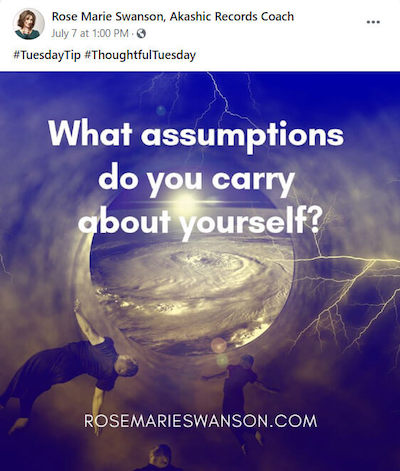Your Guide to eCommerce Social Media Marketing
Having a presence on social media is essential to building and growing brand awareness, driving traffic to your website and increasing leads and sales.
But your accounts aren’t just platforms for sharing content and engaging with visitors to accomplish those goals. From Facebook to Instagram, social media can be a powerful way to market your products and services to your followers.
Canadians are big social media users. A 2019 report found that 75% of women and 62% of men use it daily. And according to PayPal’s Social Commerce Trend Study, 47% of Canadian users are shopping on social networks, spending an average of $77 per month.
But despite these statistics, many small business owners still don’t understand the value of using these popular platforms to sell. That’s why I created this guide: to not only help you understand how important eCommerce social media marketing is, but to give you actionable tips to drive traffic, leads and sales.
Organic Social Selling
First, it’s important to understand that there’s a difference between social selling, using paid ads and actually using a platform as a marketplace.
Social selling means you’re organically connecting with sales prospects and nurture relationships to hopefully convert them into customers. It’s about building relationships and credibility naturally by getting to know your potential customers.
You can do this by asking them engaging questions, answering their questions quickly and always responding to comments or complaints. The more trust and loyalty you build, the better your odds of converting a follower into a paying customer.

One of our clients, Rose Marie Swanson, asks engaging questions to connect with her audience.
Selling on a Social Media Marketplace
Actually selling within a platform or marketplace, however, is a little different. It means utilizing the platform’s selling capabilities to actively market your products. Here are two examples.
Facebook Shops
If you have a Facebook business Page, you can use Facebook Shops. This new feature lets you add products, organize them into different categories, communicate with customers and see data around things like views and clicks.
And because Facebook owns Instagram, customers can also access your store on IG. People can find your Facebook Shops on your business Facebook Page or Instagram profile, or via Facebook ads or Stories.
READ: Selling on Social Media Without Driving People Away.

Social media is one of the best marketing tools out there: you can grow and reach a large audience with content and ads, and people who like and/or follow you are your fans, so they’re already your target group.
However, people can be resistant to selling on these platforms. You really have to approach this the right way or you could alienate your audience, causing them to unfollow or unlike you because they expect a two-way conversation and engaging content, not to be marketed to.
Shoppable Instagram Posts
Canada got this cool functionality in 2018, which enables businesses to tag brands and products in their organic Instagram posts. Your audience can tap it to see more details, and then click to buy the product.
To take advantage of this feature, you’ll need to set up an Instagram Business account. And, your business profile must be connected to a Facebook catalog.
Using Paid Ads
In addition to social selling and selling on a marketplace, you can also utilize ads to drive traffic to your account page or website.
Depending on the type of small business you have, you may choose to run paid ads on:
- Google Ads/display ads on the Google Display Network
- YouTube (and in-video ad placements)
Keep in mind that you don’t have to stick to static images when it comes to using these paid advertising options. When using social media marketing for eCommerce, you can integrate videos into your ads to make them more engaging.
Within each platform there may be multiple ad options. For example, on Facebook you can choose from carousel ads, slideshow ads, collection ads, Messenger ads…

Canadian grocer SPUD.ca combines social selling (offering valuable info) with product marketing in their Facebook ads.
It can be challenging to not only understand all the ad formats, but also to set up and manage accounts and budgets. That’s why it often makes sense to hire a professional marketing company for your small business.
No matter why you’re considering social media for eCommerce, it’s essential to put in the time and effort to ensure your communications are not only engaging, but empathetic. Learn more about using empathetic marketing here.
I hope my eCommerce social media marketing guide has given you some inspiration to effectively sell your products and services!
To your business success,
Susan Friesen
P.S. If you liked the article, you might want to subscribe to our newsletter. We publish tons of valuable content to help you learn more about marketing, and subscribing is the best way to ensure you don’t miss out. Additionally, if you’d like to learn more about building a search engine optimized website, click here for our free website guide.







